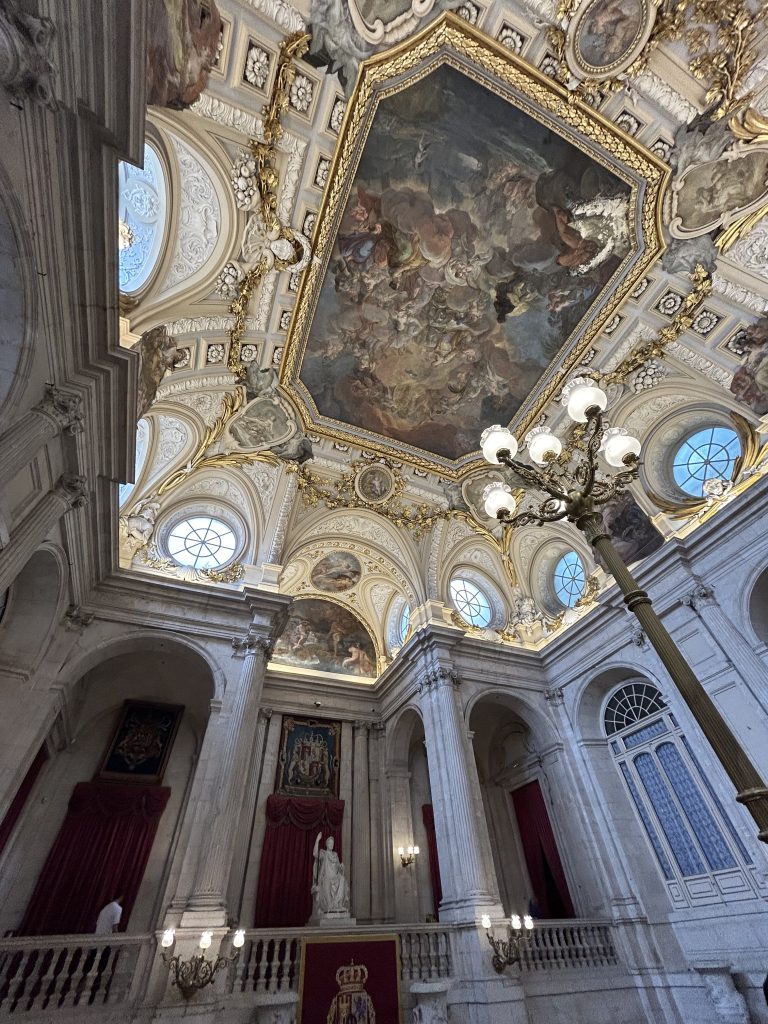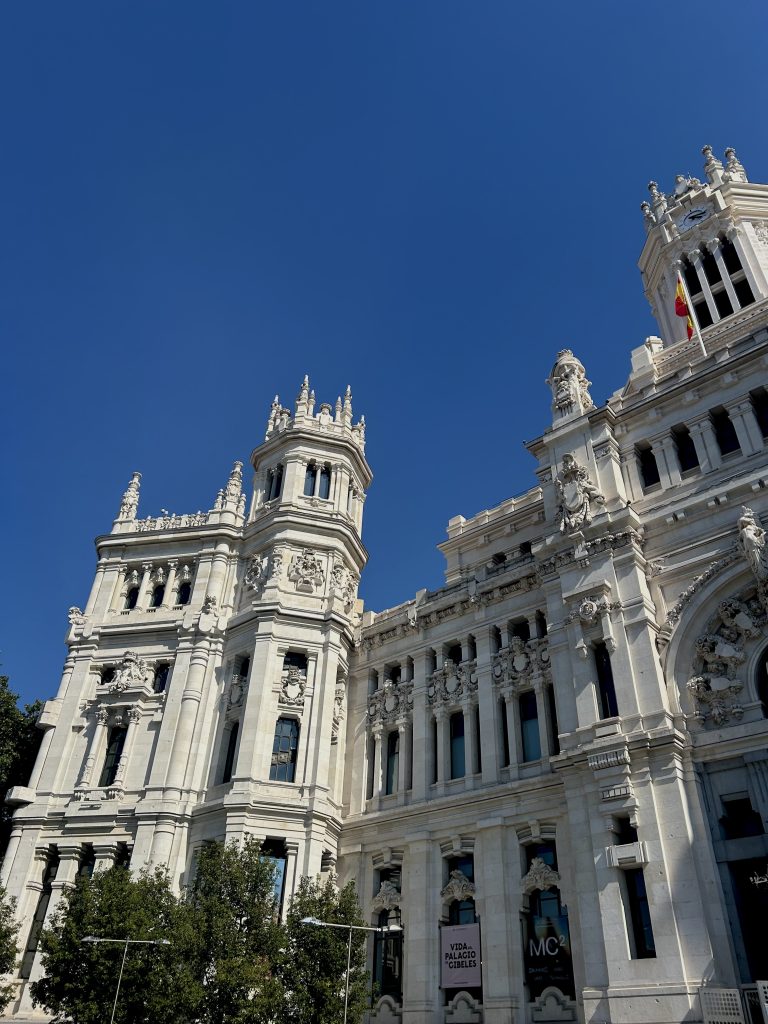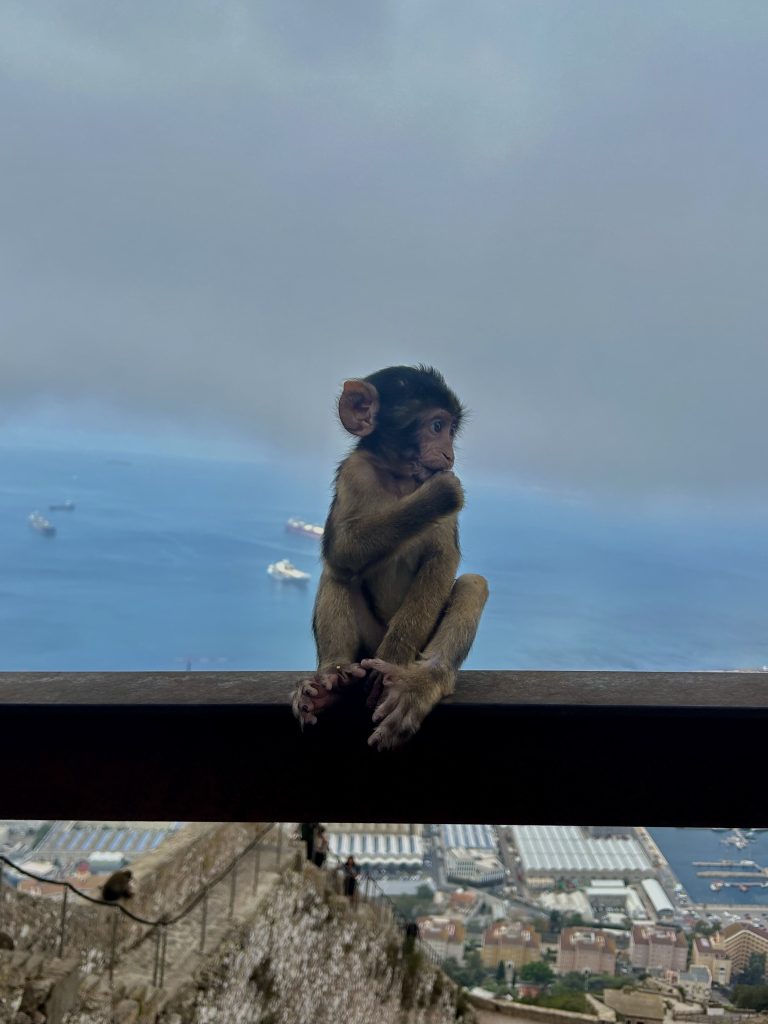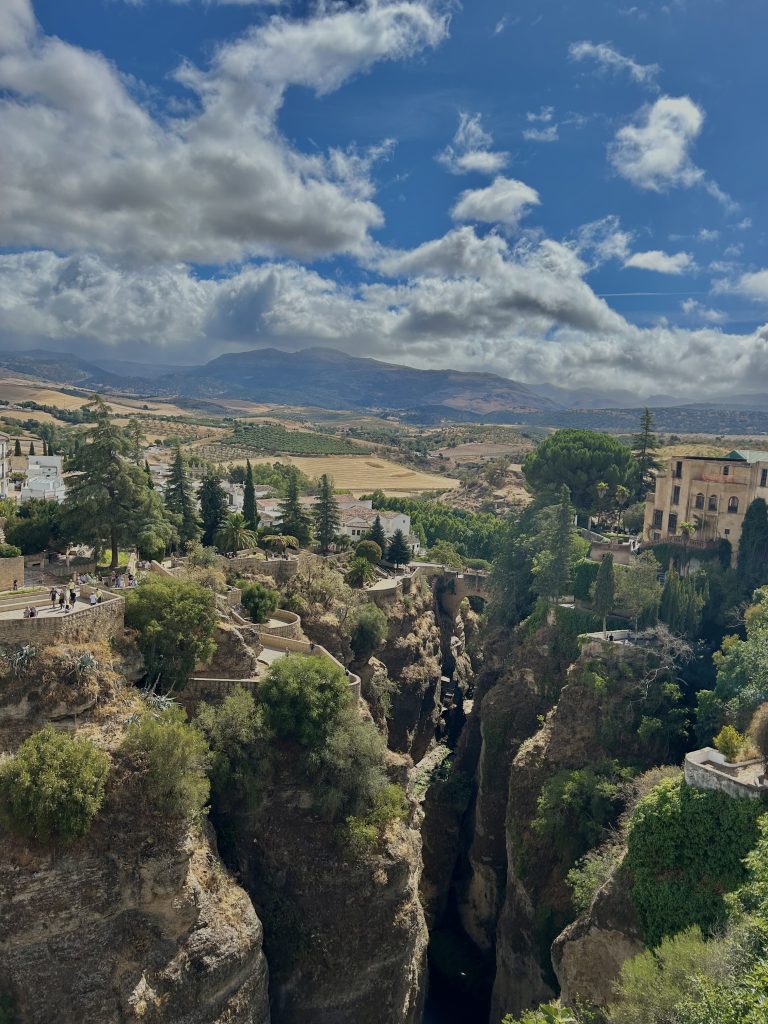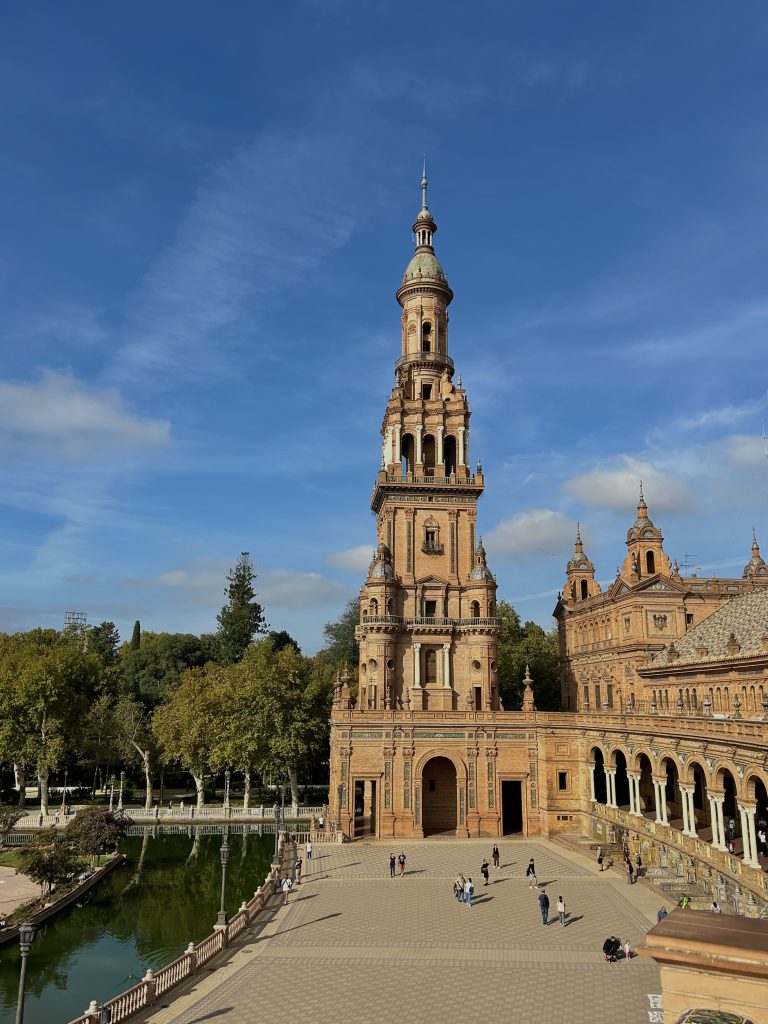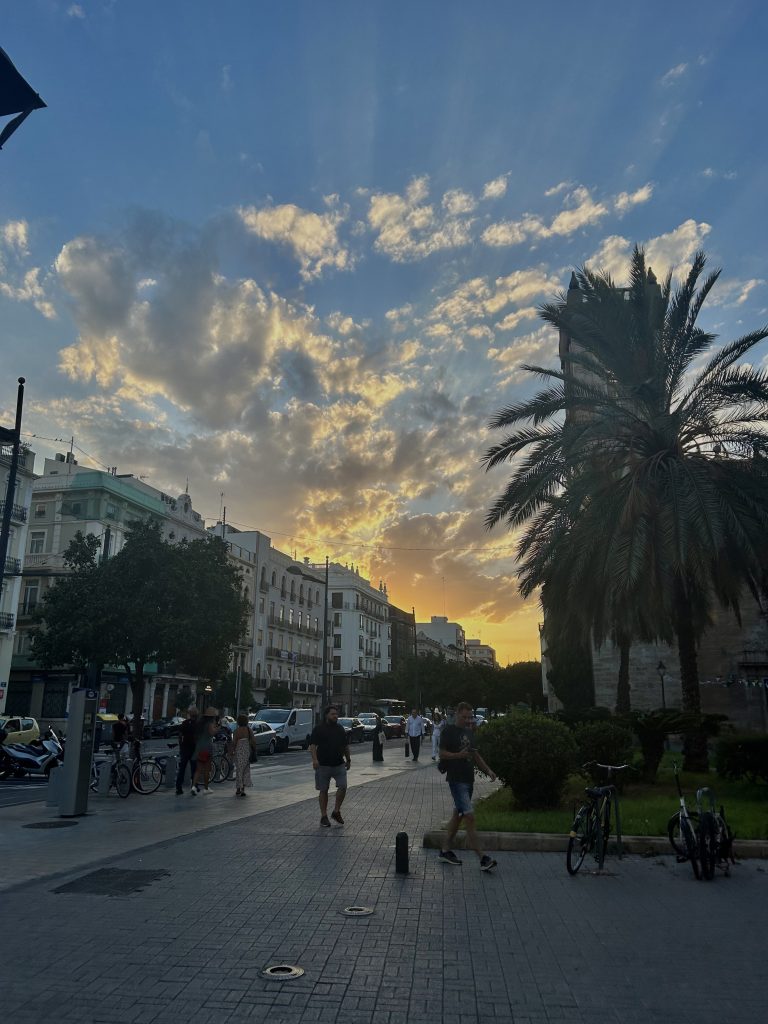The first two weeks of teaching in Spain have been a time of learning and growth. At SEK El Castillo, the school we have been volunteering at, I requested to be placed in the preschool faction. As a Werklund student, I will not have the opportunity to gain experience in a pre-school setting, and as an Early Childhood Education specialist, I wanted to better understand where students come from before they enter Kindergarten. My placement is in PYP 1, which is a group of students who turn three by December. It is a different setting than I am used to, which has come with its challenges. Aside from the younger age of the students, it is also a mainly Spanish environment. I have been working on further developing my Spanish skills while I am here, but I am not proficient enough to attend to some of the needs of my students. With this age group, there are many interpersonal and emotional regulation challenges that occur. Due to the language barrier, I have had to be creative with how I address these. One helpful strategy I have been using when a student is emotionally distressed has been the use of sensory tools. I find this helps calm them without the need for language. A sand timer is my go-to tool. Students find this intriguing and having something simple to focus on helps regulate them.
Curiosities
The independence of the PYP 1 students surprised me. I am curious if this is a result of the IB approach to learning, which focuses on independence, or if it is the culture of schools in Spain. I am not aware if it is the norm for Spanish schools to provide lunches to the students, but I believe the expectation of students feeding themselves and attending to table manners starting from a young age is a contributing factor to this independence. Reflecting on my observations has made me realize the importance of not underestimating students’ abilities based on their age.
Life Outside the Classroom
In addition to my experiences volunteering at SEK, I have been spending time acquainting myself with Madrid and other cities in Spain. In the first two weeks we have visited Valencia (a beach town), Seville (the birthplace of Flamenco), Gibraltar (home of the only monkeys in continental Europe), and Ronda (a town built on either side of a gorge with lots of history). While in Madrid I have enjoyed the laid-back meals and walking culture.
